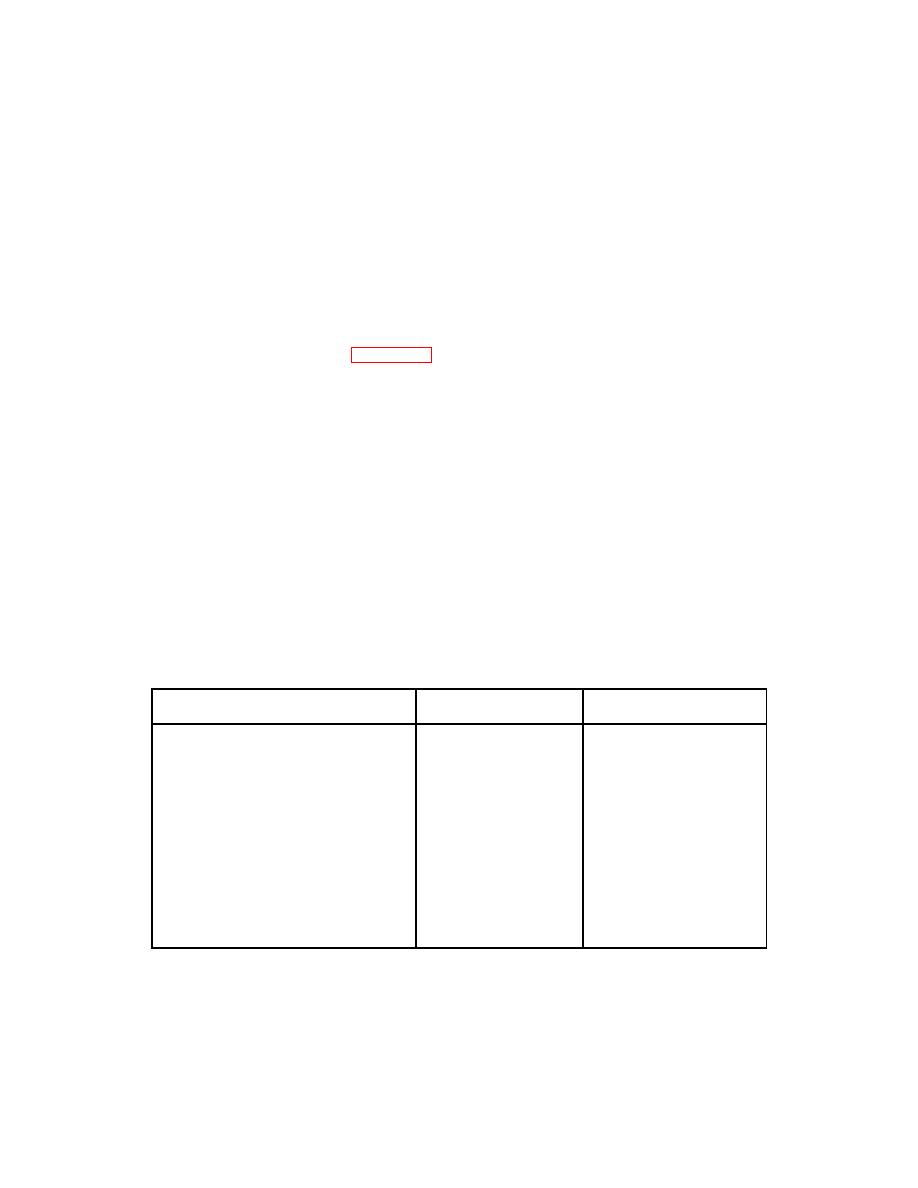
| Tweet |

Custom Search
|
|

|
||
 TM 9-8000
(5) The last two characteristics in table 12-1
battery now used for commercial application. This
point out possibly the most and least desirable features
battery is a completely sealed unit that requires no
of the nickel-cadmium battery; that is, the desirable
maintenance. The major difference between this battery
feature of cranking ability at low temperature, and the
and conventional design is the absence of antimony in
undesirable initial acquisition cost. The latter indicates
the lead grids.
an initial cost of approximately 35 times that of the lead-
b. Features. Because lead alone is not rigid
acid battery. Whether this added cost can be justified by
longer life and better performance is up to the electrical
enough to hold its form in use, antimony usually is added
designer to evaluate in that particular application. In
to stiffen conventional battery plates. As a result of the
addition, the manufacture of nickel-cadmium batteries
added antimony, the conventional battery uses an
requires critical materials during war time.
excessive amount of water during the charge and
discharge cycles. In the maintenance-free battery, the
d. Performance Characteristics.
A discharge
designers replaced the antimony with a calcium additive
performance comparison between the nickel-cadmium
to strengthen the plates. This design effort resulted in a
battery and the lead-acid battery is shown in figure 12-7.
battery with very little water loss over its lifetime. Another
This figure shows discharge characteristics of fully
advantage of the sealed battery is that the battery posts
charged 34 ampere-hour, 24-volt, lead-acid and nickel-
do not become corroded as a result of acid leakage.
cadmium batteries discharged at the 1-hour rate of 30
However, batteries filled and sealed at the factory would
amperes.
This figure illustrates an important
become a charging problem in the military system due to
characteristic of the nickel-cadmium battery, that is, its
wet storage. Because of shipping delay and distances
ability to maintain a nearly constant voltage until
involved, and long-term storage require-ments, a battery
approximately 90 percent of the capacity is delivered.
seldom is used within the first year after its production.
This feature, combined with its recharge capability at low
temperatures, makes the nickel-cadmium battery a
12-9. Other Storage Batteries.
prime candidate for heavy-duty applications.
a. General. Although the lead-acid and the nickel-
12-8. Maintenance-Free Battery.
cadmium storage batteries have received the most
attention, several other battery types deserve a brief
a. General. Another development that could be
description. These are: nickel iron, nickel zinc, silver
applied to military vehicles is the maintenance-free
zinc, and silver cadmium.
Table 12-1. Lead-Acid Vs Nickel-Cadmium Batteries.
Lead-Acid
Nickel Cadium
Battery weight, lb
70
70
Number of cells
6
10
Voltage
12
12
A-hr capacity (5-A rate)
100
70
Cranking ability at -40F
minimum time, at 300-A rate
1.25
5.5
Initial acquisition cost
(current Government catalog)
$25
$1000
12-8
|
||
 |
||